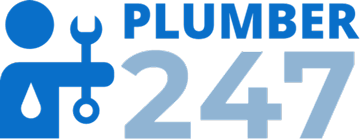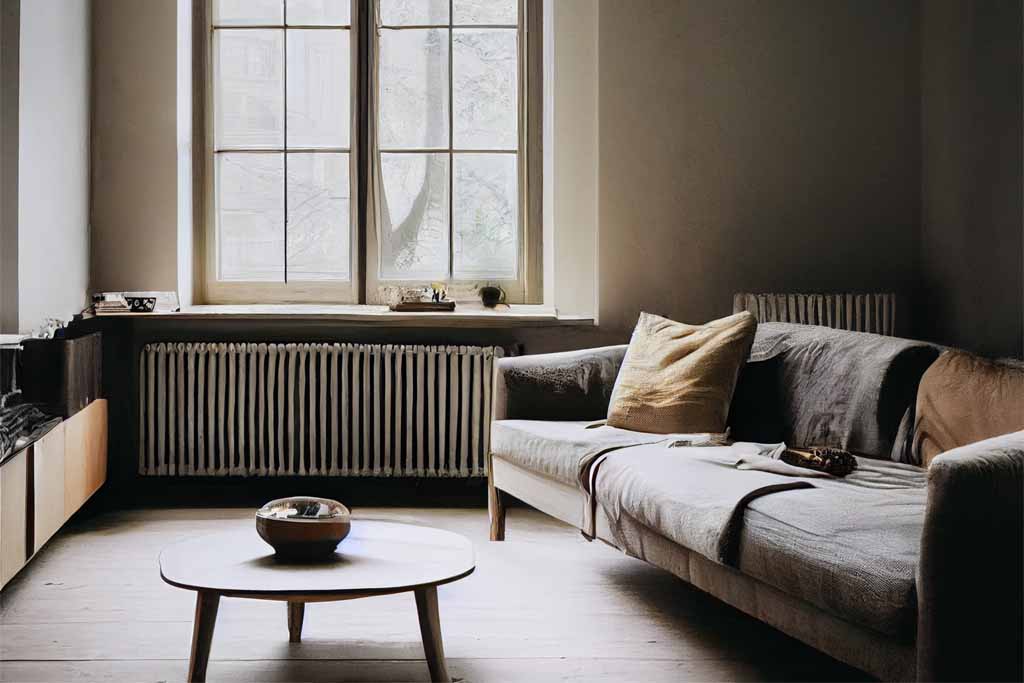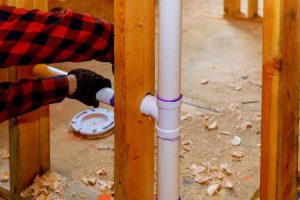It’s time to batten down the hatches and prepare for winter. The colder months are here, and with them come several challenges when keeping your home warm and comfortable. However, there are plenty of ways to stay cozy while saving energy simultaneously. To help you get started, we’ve compiled ten tips for plumbing and heating your home this season.
Plumbing and heating your home for winter doesn’t have to be daunting. Follow these 10 tips, and you’ll be ready for whatever the cold weather throws your way.
Winter is a time for hibernation, so it’s essential to know how to keep warm and cozy during the colder months.
Whether you live in a city or a small town, plumbing and heating your home, as well as plumbing with PEX for winter, are not difficult. Follow these 10 tips, and you’ll be ready for whatever the cold weather throws your way.
- Turn down your water heater temperature by five degrees. This will save money on heating costs while preventing pipes from freezing.
- Install insulation around hot-water lines in bathrooms and kitchens (along with other rooms with heat sources.
- Remember: Insulation should be at least two inches thick at every spot where heat can escape through walls, floors, or ceilings.
- Especially near windows where air could leak through cracks around doors/windows and vents that lead outside into attics or basements, ensure these areas are insulated thoroughly with foam sheets.
Insulate your water heater. Wrap it in a blanket or use an insulating jacket available at most hardware stores. This will help keep heat in and cold air out during the winter months.
ADD CTA HERE
Tip 1: Insulate Exposed Pipes
Insulation is vital in plumbing and heating your home for winter, but it’s also important to insulate your pipes. The main reason is that you must seal your house to prevent heat loss and protect your pipes. You can do this by caulking cracks and holes where wires or pipes enter the house.

It will also help if you seal up air ducts to keep warm air from escaping through them. Its insulated pipes will help keep them from freezing and bursting during below-freezing temperatures. You can insulate exposed pipes by using heat tape or electric jackets.
If you have exposed pipes in the attic, crawl space, basement or garage, then make sure they’re covered with insulation too. You can also try caulking, weatherstripping, and insulating. Use caulk to seal gaps between your home’s exterior and interior walls and around windows and doors.
Caulk is a practical yet inexpensive way to stop drafts between door frames and wall surfaces. If you have single-hung windows which slide vertically, use a draft guard, so heat doesn’t escape through the top sash when it’s open by more than halfway.
Tip 2: Seal Drafts Around Doors And Windows
Drafts are a leading cause of energy loss in your home—seal drafts around doors and windows with caulk or weatherstripping to keep warm and cold air inside. Caulk is a practical yet inexpensive way to stop drafts between door frames and wall surfaces, whereas weatherstripping can fill gaps around doors, windows, and other openings.
If you have single-hung windows which slide vertically, use a draft guard, so heat doesn’t escape through the top sash when it’s open by more than halfway. You may also want to consider investing in an insulated window covering, like a thermal curtain, that can help trap heat in your home during winter.
Finally, make sure your plumbing and heating system is in good working order. If you have a forced-air furnace or central air conditioner, ensure no leaks are caused by loose ductwork or vents that allow cold air to escape into your home. If you have an old window unit that doesn’t seem to provide sufficient warmth this winter, consider upgrading it with a new energy-efficient model.
Tip 3: Get Your Furnace Serviced
It’s essential to get your furnace plumbing and heating serviced annually. A professional will check the filters and the blower motor and perform various tests to ensure everything is working correctly. They’ll also do a combustion test and check for leaks. In addition, they will check the electrical connections and thermostat.
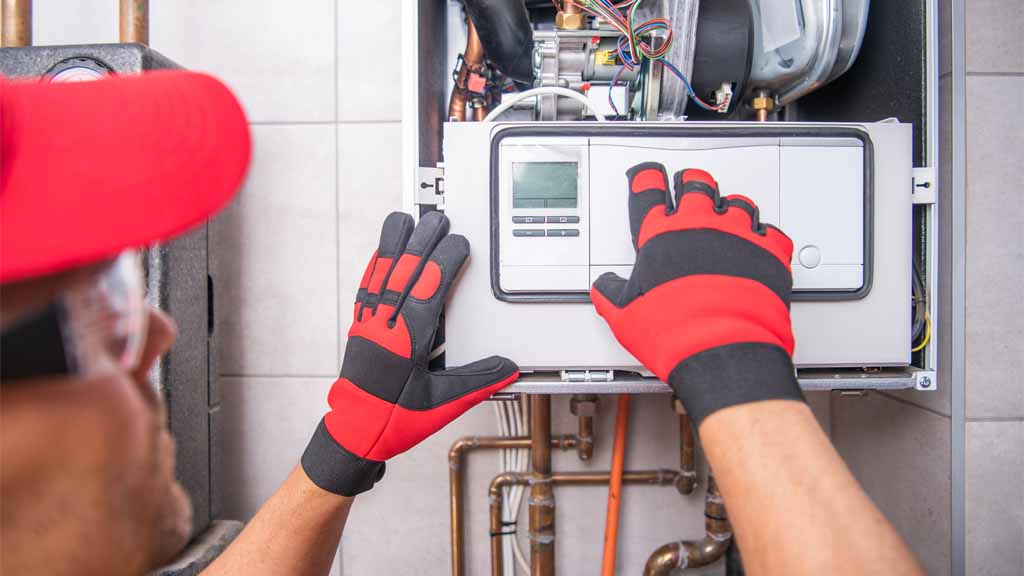
If you have a gas furnace, it’s also essential to get it serviced annually. If you don’t know how to do this yourself, ask your HVAC professional if they offer annual maintenance services.
If you have a gas furnace, it’s also essential to get it serviced annually. If you don’t know how to do this yourself, ask your HVAC professional if they offer annual maintenance services.
Tip 4: Invest In A Programmable Thermostat
One of the easiest ways to keep your home warm and comfortable for less is simply by investing in a programmable thermostat. These devices allow you to program your heating or cooling system on and off when you have a gas furnace. It’s also essential to get it serviced annually.
If you don’t know how to do this yourself, ask your HVAC professional if they offer annual maintenance services.s so that when you’re not home, the temperature inside is set by your preferences rather than sitting at an energy-wasting constant setting.
Programmable thermostats are also great because they can be programmed to turn off when you are asleep or away from home.
If it gets too hot or cold while you’re fast asleep in bed, you won’t need your family members or pets or anyone else to wake up sweating after forgetting they left something on.
There are several ways to insulate pipes, and you may have to choose the best option. For example, if you have exposed pipes in the attic or crawl space, you’ll probably want to use heat tape or electric jackets instead of insulation. On the other hand, foam board insulation is probably your best bet if you’re trying to insulate your water heater.
In addition, several different types of foam board insulation can be used on pipes, including polystyrene boards and extruded polystyrene boards if you have a fireplace, make sure that ventilation is adequate. You can hire an HVAC technician to check this or measure the distance from the floor to the top of the chimney; if there’s less than 6″, you’ll need to add a flue extension kit.
This will prevent carbon monoxide from entering your home and causing health problems if you have a gas furnace. The technician will inspect the pilot light. They’ll also check for any rust or debris around the burner. If your furnace requires regular maintenance and service, contact us today.
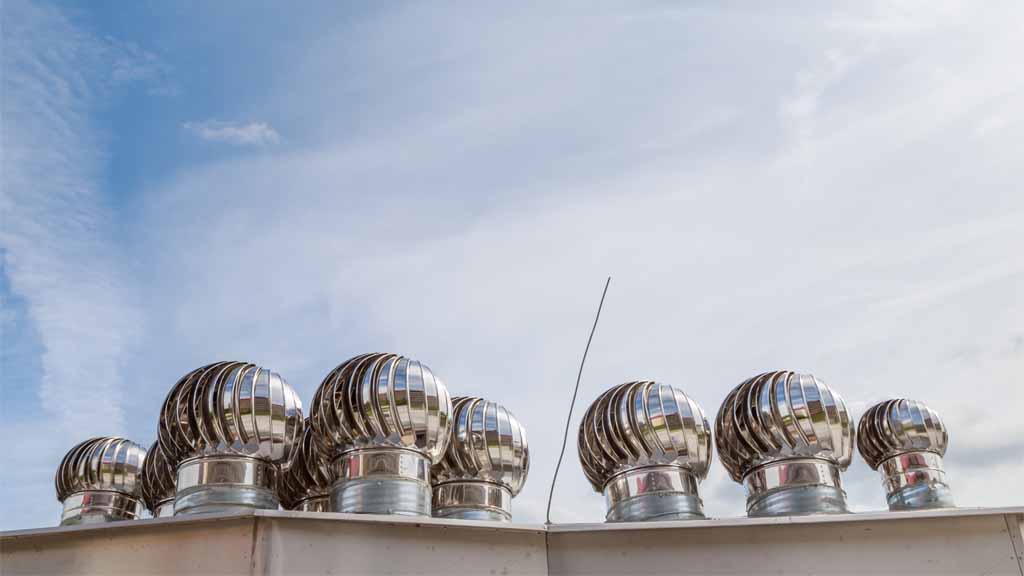
Whole-house ventilation systems also help to prevent mold growth by removing humidity from home. Whole-house ventilation systems are not recommended for homes with central air conditioning systems as they can cause temperatures in some rooms to drop below comfortable levels.
The last step is to ensure that your home has adequate insulation. If your attic’s insulation is old and worn out, consider replacing it with new material. This will help keep the heat in during the winter months and cool air out during the summer months.
The technician will inspect the pilot light if you have a gas furnace. They’ll also check for any rust or debris around the burner. If your furnace requires regular maintenance plumbing and heating services, contact us today.
Tip 5: Add Storms Doors And Windows
- Install storm doors and windows on your home’s south and west sides. Storm doors and windows are an excellent way to keep cold air out and warm air in during the winter. Make sure to weatherstrip them well, as this will help you save money on heating bills.
- Utilize a radiator blanket to maintain heat in your house. Radiator blankets are easy to install and help reduce energy costs by keeping heat near where it’s needed most. You can find them at most home improvement stores or online retailers.
Tip 6: Install A Whole-House Fan
Whole-house fans are a great way to save money on energy bills and make your home more comfortable. Whole-house fans can also help you feel more comfortable in your home and can be installed in the attic or roofline. Whole-house fans are a good option if you have an AC unit less than years old.
Whole house ventilation systems allow fresh air into the house while exhausting stale air out of the house, which helps improve indoor air quality. Whole-house ventilation systems remove moisture from the home by pulling hot moist air out through attic vents and exhausting it through roof vents.
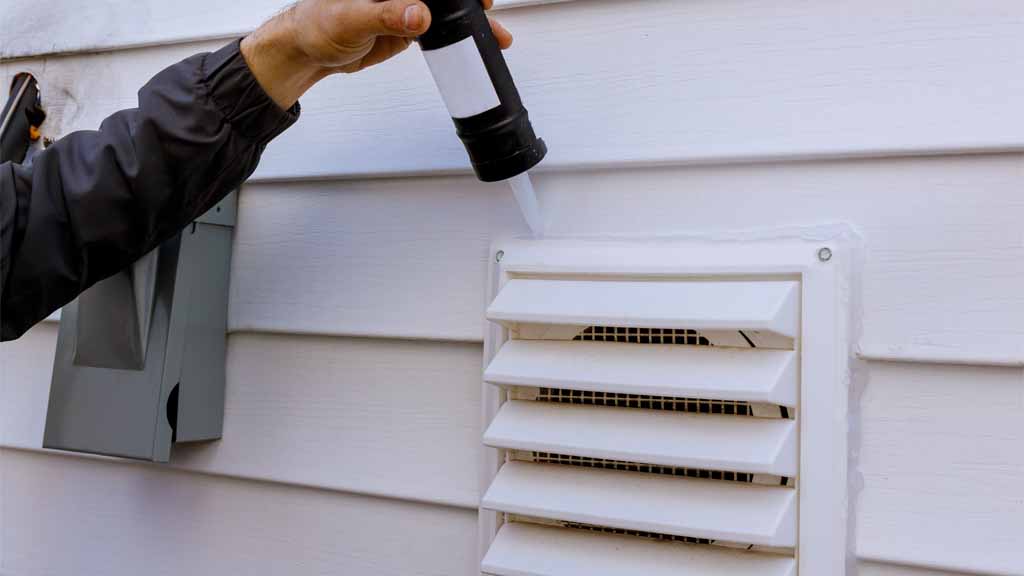
This creates an even pressure throughout all rooms, allowing heaters to run efficiently and reducing excess moisture in humid areas such as bathrooms, kitchens, and showers/baths.
If you have a fireplace, make sure it’s clean and ready for use before the cold weather hits! If you don’t have one but want one, consider installing one. You might also want to consider using a pellet stove instead of an open fire if this is something you’re considering.
If you don’t have a programmable thermostat, get one. They are easy to install and can save you money on your energy bills.
Tip 7: Check For Leaks Regularly
- Check for leaks regularly. Some of us know about this one, but many people don’t. If you have a pipe that can freeze and burst, keeping an eye on it during winter is essential. Check your basement or attic regularly to see any signs of moisture or ice damage.
- Know how to check for leaks. If you find any signs that water is seeping into your home through cracks around windows and doors, check the baseboards in areas where they may have been affected by freezing temperatures.
- This could be a sign that pipes have frozen and burst under the ground outside your home! You can usually fix these issues before they become too big an issue by repairing them immediately
- What do I do if I find a leak? If you find a leaky pipe or faucet while doing some winter prep work around your house, take care not to turn off the main water supply yourself—you’ll want someone who knows what they’re doing so as not to cause further damage.
- It’s always safer to get professional help when dealing with something like this since there might be other problems lurking nearby that need fixing ASAP before anything else happens.
If you don’t already have a fireplace, consider plumbing and heating. A fireplace is a beautiful way to keep your home warm during winter. You can also use it for cooking certain foods (like corn on the cob) if you don’t have an outdoor grill available.
And you have a home with central air. Whole-house fans are not recommended for homes without AC systems. If you have an older AC unit, installing a whole-house fan is an excellent way to save money on your energy bill and make your home more comfortable in plumbing and heating.
Tip 8: Schedule A Furnace Tune-Up
Schedule a furnace tune-up.
It’s essential to have your furnace serviced at least once a year. A tune-up will help prevent problems down the road, and the cost of having a professional plumbing and heating service for your heating unit is minimal compared to the costs associated with repairs.
Whole-house ventilation systems are a great way to save money on energy bills and make your home more comfortable. Whole-house fans can also help you feel more comfortable in your home and can be installed in the attic or roofline. Whole-house fans are a good option if you have an AC unit less than 15 years old.
A pellet stove is an excellent option for heating your home. They use wood pellets to create heat and are better for the environment than other forms of heating because they don’t produce carbon dioxide, sulfur dioxide, or particulates.
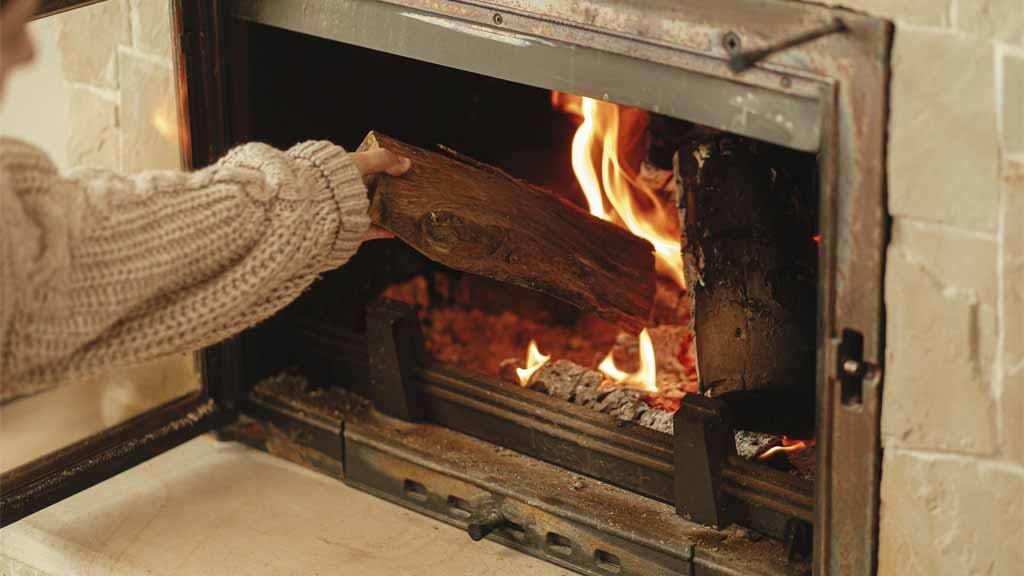
Pellet stoves also burn more efficiently than traditional fireplaces or wood stoves because they have automatic temperature controls and have not installed a whole-house ventilation system. Whole-house fans can be installed as a retrofit or during new construction.
Whole-house ventilation systems are a great way to save money on energy bills and make your home more comfortable. Whole-house fans can also help you feel more comfortable in your home and can be installed in the attic or roofline. Whole-house fans are a good option if you have an AC unit less than 15 years old.
A pellet stove is an excellent option for heating your home. They use wood pellets to create heat and are better for the environment than other forms of heating because they don’t produce carbon dioxide, sulfur dioxide, or particulates.
Tip 9: Do A Home Energy Audit
A home energy audit will help you figure out how much energy your household uses, where that energy is used, and how much you’re paying. It’s also a great way to find out how to reduce your bills so that you don’t go broke during winter when heating and cooling bills are at their highest.
If your pipes are freezing, turn on the faucets in affected areas. This will allow water to run through them and keep them from freezing over completely. You can also wrap pipes with insulation or apply heat tape, which helps prevent freezing by using electricity to keep temperatures above 32 degrees Fahrenheit (0 degrees Celsius). If you’re unsure whether you need a furnace tune-up, here are some signs that it’s time.
Tip 10: Clean Or Replace Furnace Filters
- Clean or replace furnace filters monthly
- How often: Make sure you change your filters once a month or more often if you live in a particularly dusty area. Check them monthly for any signs of wear and tear, and be sure to keep them from coming out of their slots quickly.
- How to do it yourself: If you’re comfortable, changing your filter is pretty easy on most models. It’s like removing an old light bulb—you twist it off with your hands (or use some pliers if necessary), then pull the old one out and insert a new one until it clicks into place. If you want to get fancy, some tools make the process even more accessible—but most people don’t need them!
- What kind should I use? Whatever kind came with your furnace when you bought it works well enough for most houses’ needs; however, other options are available at local hardware stores if desired.
- We recommend using either fiberglass or pleated paper depending on personal preference because both types have benefits over each other depending upon usage frequency.
In addition to the energy audit, you’ll want to ensure your home is adequately insulated. You can do this by adding insulation underneath the floorboards and walls that don’t have any. Plumbing and heating this will help keep your home warmer in winter and cooler in summer. Here’s a quick rundown of the pros and cons of each: Fiberglass filters are inexpensive and long-lasting but can be harder to clean than pleated ones. They’re also not as good at stopping large particles from getting through.
Conclusion
You can keep your plumbing and heating system running all winter smoothly with a few simple steps. The most important thing to remember is that it’s better to prevent a problem than try to fix it later. So if your furnace is making strange noises or your water heater isn’t working correctly, don’t wait until the cold weather hits. Address these issues as soon as possible so they don’t become significant headaches when temperatures drop outside.
